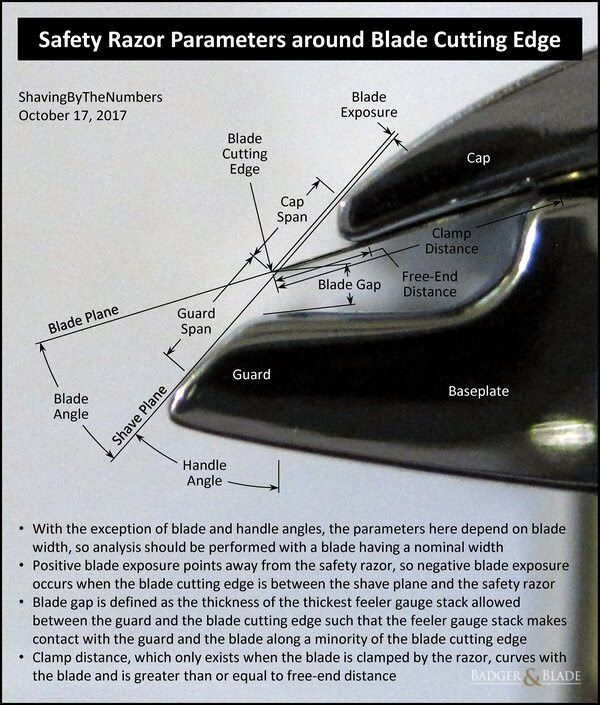I’m going to guess the answer to the question is “yes”, but why?
Does the amount of exposed blade matter in a DE? What’s too much? What’s not enough? What’s just right?
Enlighten me, shaved ones.
Does the amount of exposed blade matter in a DE? What’s too much? What’s not enough? What’s just right?
Enlighten me, shaved ones.







